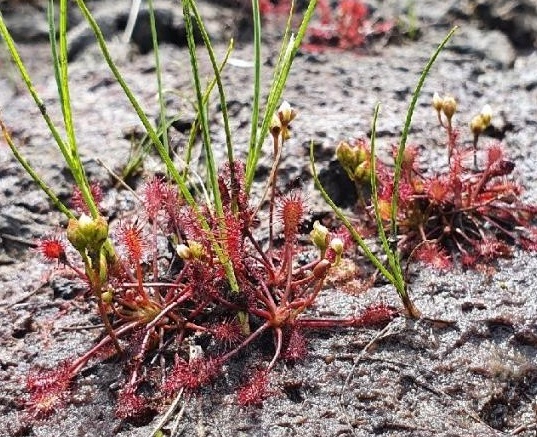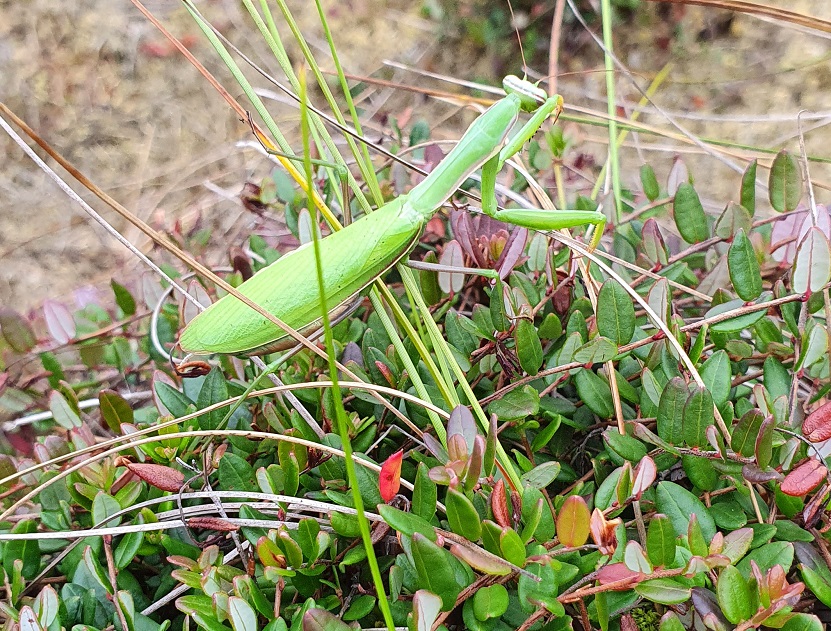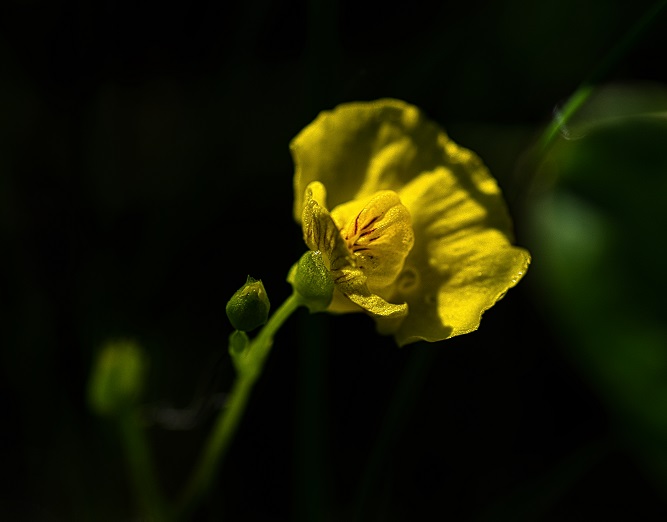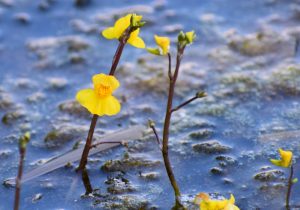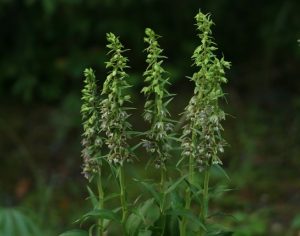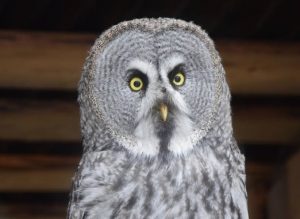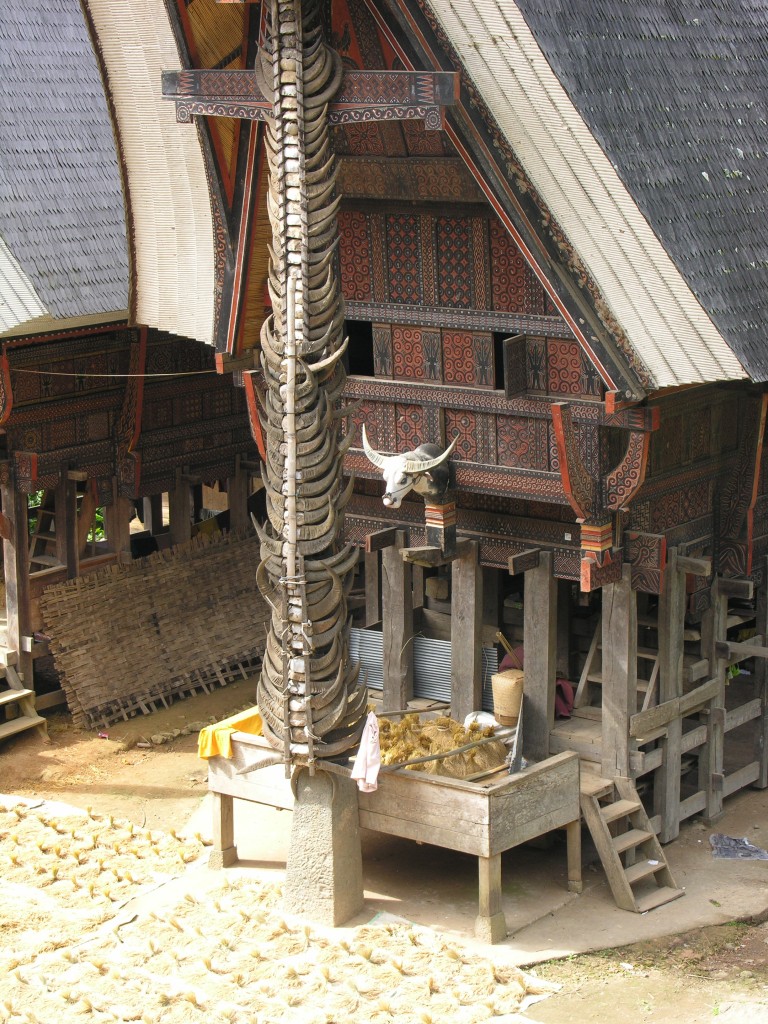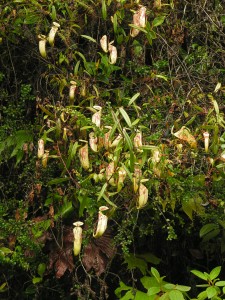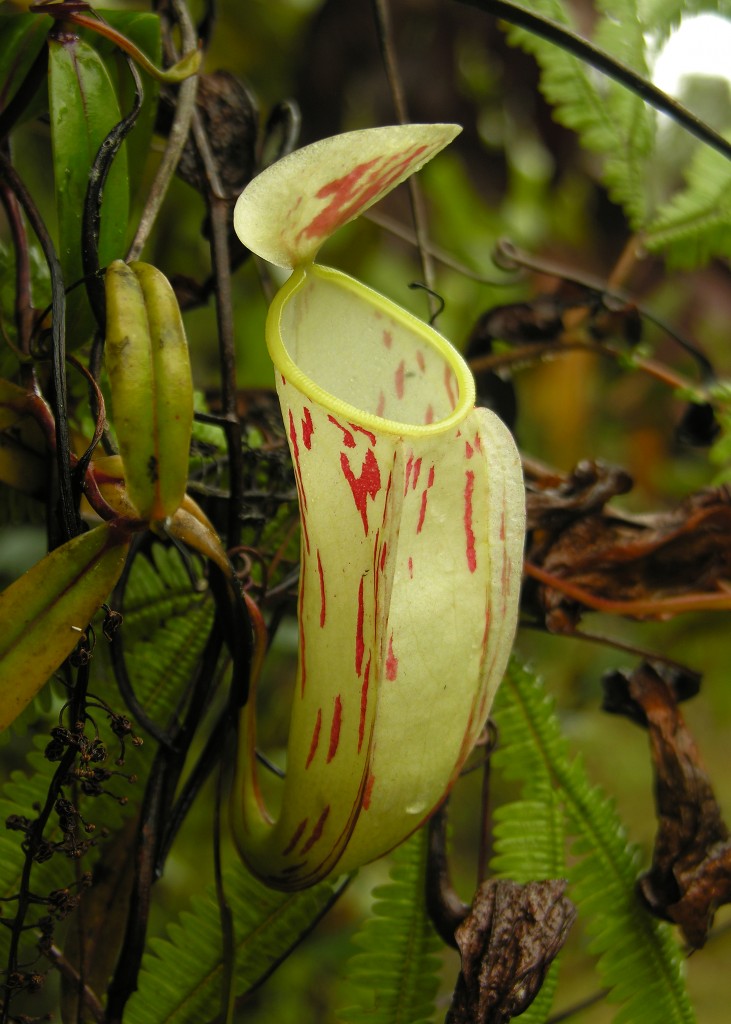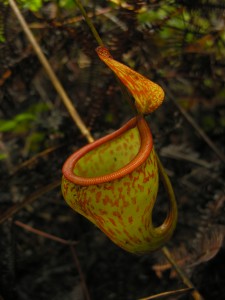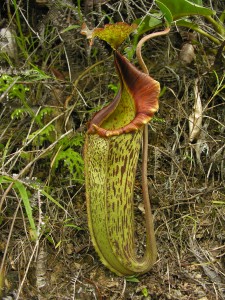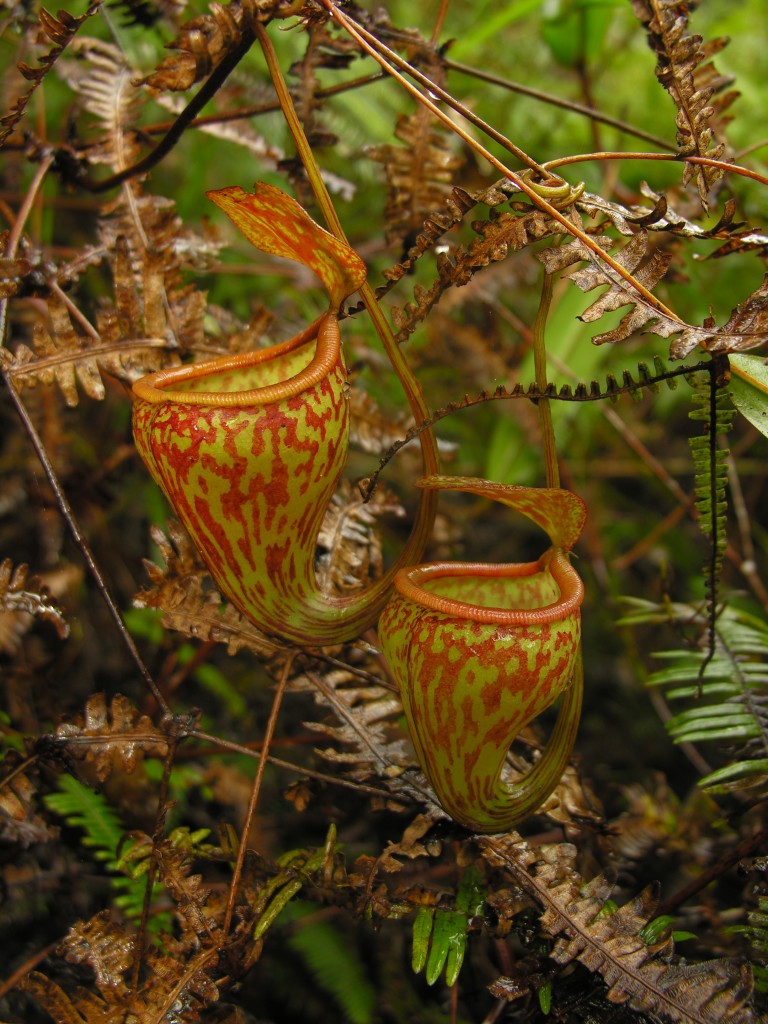In August 2007, I had the opportunity to visit the island of Sulawesi with a friend Greg Bourke, to study a little known pitcher plant called Nepenthes glabrata which is endemic to elevated habitats of central Sulawesi between 1,600 and 2,000 meters above sea level. Sulawesi is an island of great diversity a melting pot of human cultures as well as a blend of Asia and Australasian fauna and flora and in recognition of its importance, large areas of this spectacular island are protected from commercial logging and remain largely pristine. Aside from plants and animals, Sulawesi is home to some of the most fascinating cultures and most beautiful architectural styles of South East Asia, and the central parts of the island is famous for the spectacular Tongkonan houses which the Torajan people continue to construct. Traditionally, the Tongkonan houses are the ancestral homes and storage houses of their builders and are notorious for their spectacular, highly decorated boat-shaped roofs. Today these beautiful buildings continue to be used for their traditional purposes and also attract large numbers of tourists who appreciate the cultural history of this fascinating part of Indonesia.
Our journey across Sulawesi started in Makassar in the South of the island, from where we traveled north to the Lore Lindu National Park in search of the pitcher plant in which we had come to study. Nepenthes glabrata is in many ways a very special species of pitcher plant – it was named after the Latin word glaber meaning hairless and indeed all aspects of the plants traps are devoid of hairs which is unlike most species in the genus to which it belongs. The plant was formally described in 1984, however has remained relatively little known ever since mainly because only a handful of field researchers have traveled to its habitat to study it in the wild. It is recorded to grow in sparse, low growing montane forest, so we began our search by exploring the banks of elevated road side habitats where, after a day of searching, we found this spectacular plant growing in abundance. We found that Nepenthes glabrata grows most prolifically in unshaded habitat, exposed to direct sunlight and that established specimens produce climbing stems up to 10 m in length that trail loosely through the open canopy of the montane scrub.
The leaves of Nepenthes glabra are narrow and up to 17 cm long and 3.5 cm wide. A tendril extends from the tip of each leaf from which the plants spectacular pitchers are borne which the plant uses to trap arthropod prey and augment essential nutrients to enable it to grow in extreme habitats lacking in various minerals. The pitchers of Nepenthes glabrata are ellipsoidal or oval in shape, and up to 7 cm in length and 3.5 cm in width and are distinguished in that they bear two very prominent wings run down the front of the traps. Uniquely, the surface tissue of the pitcher of Nepenthes glabrata is so thin that the pitchers are soft and semi-transluscent, and as a result the traps of this plant are extremely delicate. The pitchers of this plant are beautifully coloured, and are consistently white or a very pale shade of pastel yellow mottled with variable elongated red or purple blotches.
Little is known about the relationship of this species to other species of pitcher plants and before traveling to Sulawesi, I had received information that a new species of Nepenthes that may be closely related to Nepenthes glabrata had been recently discovered in the north of the Lore Lindu National Park. After spending two days studying Nepenthes glabrata in its habitat, we traveled north to try and find the second, possibly new plant which had been reported.
An expert on birds called Jonathan Newman had recently traveled to Sulawesi and while observing birds in the Lore Lindu National Park, he had come across a strange pitcher plant, which he could not identify. Jonathan kindly provided me with the location of where he saw this strange pitcher plant and we retraced his footsteps to refind the population which he had seen. In order to reach the location which he had visited, we had to travel on the remote gravel roads to the north of the park which took two days even though in direct distance it was no more than 30 kilometers or so. On arriving, we received permission from a local community and police station to visit the area which Jonathan had visited, and set off to find the plants which he had encountered.
After searching for a day, Greg and I located the exact population of plants which Jonathan had discovered, and it was clear that the plant he had found was indeed a new species of Nepenthes and one that is certainly very closely related to Nepenthes glabrata. The new, undescribed species produces similar foliage that was devoid of hairs much like Nepenthes glabrata however the traps it produces varies profoundly different in their overall shape. Each pitcher of this new species is shaped much like an egg-cup – being more or less funnel shaped, up to 10 cm in height and 7 cm in width. The pitchers were predominantly yellowish orange and marked with spectacular reddish blotches. However unlike most other Nepenthes with similar colouration, the mottled patterns of the pitchers of this plant were also present on the plants’ tendrils.
The shape of the new plants’ pitchers, the structure of the flower and various characteristics of the leaves displayed very clearly that the new plant is closely related to Nepenthes glabrata although different enough to be regarded as a distinct (and undescribed) species. We only found one population of this new species so it is not clear how variable it is overall however I intend to return to Sulawesi during 2008 to study it once more to learn more of its fascinating ecology and morphology so that it can be formally described and named.
Growing close to this beautiful new species were many plants of Nepenthes maxima – a species that is extremely common across much of Sulawesi. This third species which we encountered is in all respects, considerably larger that both Nepenthes glabrata and the new species Jonathan had found. It produces massive leaves up to 50 cm in length and large, showy pitchers which can reach sizes of 30 cm or more in length. The traps of Nepenthes maxima are usually predominantly yellowish green, marked with purple blotches, and on this pitcher plant, the peristome (the rim of the pitcher entrance) is broad, conspicuous and often ruffled and is usually reddish purple in colour. It was certainly clear that the new species of Nepenthes which we had observed could not be a simple hybrid between Nepenthes glabrata and Nepenthes maxima because it was the smallest of the three plants and displayed many characteristics that are not seen in Nepenthes glabrata and Nepenthes maxima.
Whilst returning back to Makassar to leave Sulawesi, I traveled again across the spectacular highlands of the island and it was clear to me how much of this spectacular and extremely diverse part of Indonesia remains to be extensively explored and surveyed in terms of its wildlife. Jonathan Newman had discovered the new species of Nepenthes only because it grew at the side of a trail which he had visited and he happened to notice it, yet the vast size of Sulawesi and the number of remote peaks across this beautiful island makes it extremely likely indeed many more undiscovered pitcher plants and other species of plants and animals remain to be found. It will certainly be many years before we know the full extent of the wealth of plants and animals that are native to this beautiful corner of Indonesia.
Stewart McPherson
